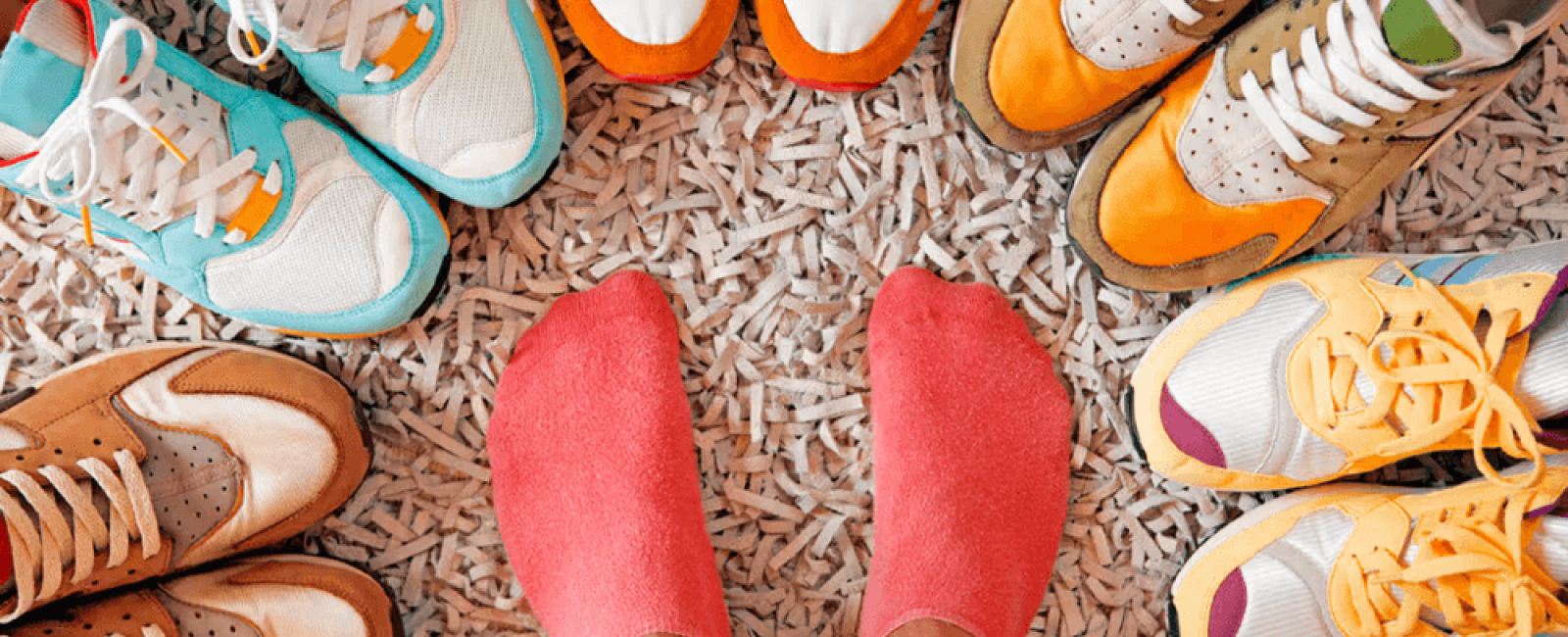
Does your shoe fit?
What do you usually look at when you go shoe shopping?
The following are some good features that I often recommend my clients to inspect for supportive shoes:
Length: It's advisable to maintain approximately a thumb's width of space between your longest toe and the tip of the shoe. It's important to note that one foot may be slightly larger than the other, so always cater to the needs of the larger foot. If necessary, you can introduce a forefoot insert for the smaller foot.
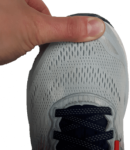
Toe Box Room: Ensure that the toe box offers adequate depth and width, allowing your toes the freedom to move comfortably. Narrow and shallow toe boxes can contribute to issues such as digital corns and clawing toes. If you perceive any discomfort with your toes brushing against the front of the shoe, this may indicate that the toe box lacks the required depth.

Firm Heel Counter: Examine the heel counter or the back of the shoe; it should exhibit a robust structure, providing the necessary stability and support. When you apply pressure to the back of your shoes, it should steadfastly resist collapsing under thumb pressure.
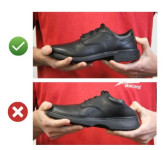
Sole Flexibility: An ideal sole should exhibit flexibility or bending primarily across the ball of the foot, where your toes originate, rather than in the middle. This natural flexion point enhances comfort and assists in activating the muscles within your foot.
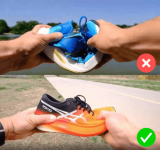
Last: When in search of walking shoes, prioritize those designed with a straight or semi-curved last. You can easily gauge this by using a ruler to bisect the heel. If you notice that the majority of the forefoot is situated on one side, it suggests that the last may be excessively curved, making it less suitable for walking.
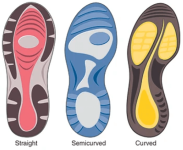
Fastenings: Opt for shoes equipped with laces, buckles, or velcro straps situated across the middle of the foot. These features ensure a secure fit, diminish foot fatigue, and reduce the likelihood of your toes curling or clawing in an attempt to maintain grip within the shoe.
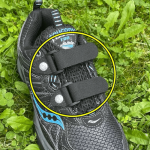
Upper and Lining: Generally, leather materials exhibit greater flexibility and comfort compared to synthetic alternatives. Pay attention to the shoe's upper and lining for any seams or ridges that could potentially provoke irritation.
By keeping these insightful features and recommendations in mind, you can approach shoe shopping with a more discerning eye. Remember, selecting the right pair of shoes transcends mere style considerations; it plays a pivotal role in preserving your comfort and foot health. Prioritizing these features will lead you to invest in footwear that actively supports your overall well-being and accommodates your daily activities.

